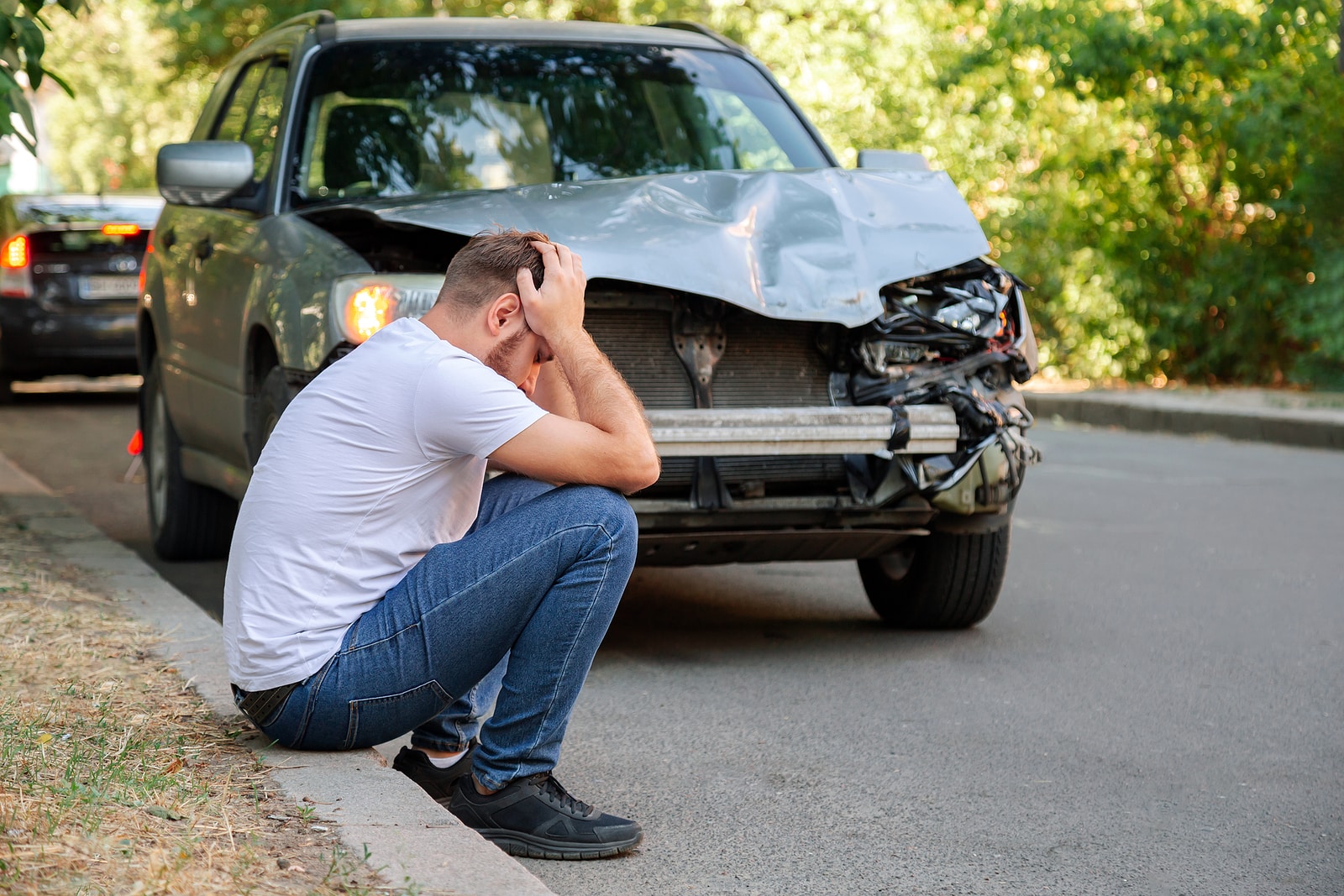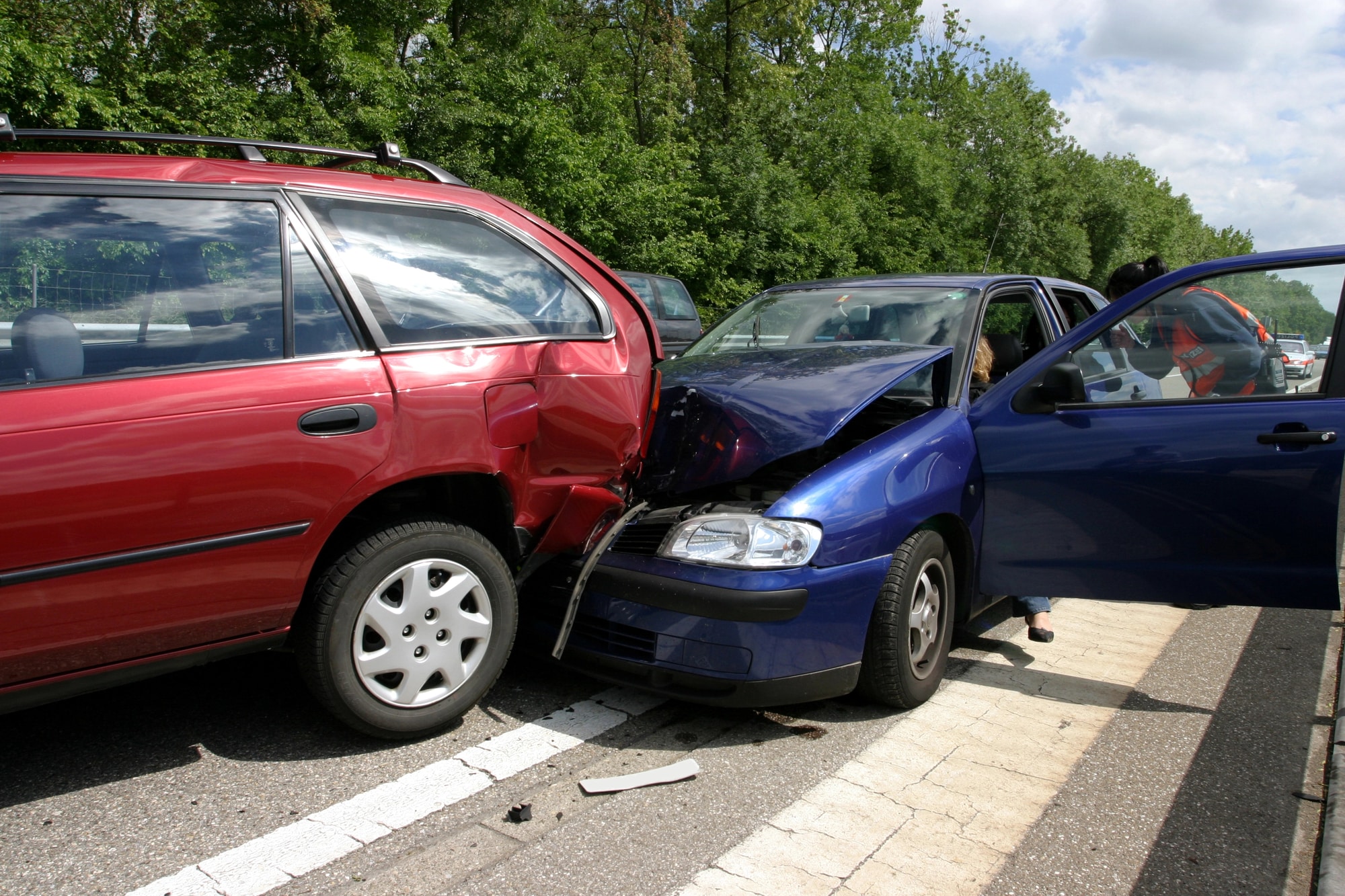Indiana Personal Injury Attorney Giving You the Representation You Need for Accidents Involving Autonomous Vehicles
Car accidents are a fact of life. Most people who get behind the wheel of a car will be involved in a wreck at some point. In 2022 alone, almost a quarter-million Indianans were involved in wrecks. The majority of drivers understand the process for what to do after a car accident. This usually involves calling the police, filing an accident report, and taking photos. If the other driver was at fault, a person will generally deal with their insurance to seek reimbursement.
Everything the average driver knows about accidents changes when an autonomous vehicle is involved. An autonomous vehicle is a new type of automobile. Many car manufacturers claim that autonomous vehicles are safer than human-operated vehicles. However, as of 2024, autonomous cars have proven more accident-prone than traditional automobiles. Because of their automated nature, this raises questions of liability in the event of an accident.
What is an Autonomous Vehicle in Indiana?
Autonomous vehicles are cars that use some level of computer technology to handle driving tasks instead of the vehicle operator. In their simplest form, autonomous cars are meant to ease the driving experience. In recent years, several companies have attempted to develop fully automated “self driving cars.” Self-driving vehicles are meant to respond to traffic patterns, stop signals, and congested routes to provide drivers the safest, quickest automobile experience. Car automation is ranked according to a six-level scale created by the Society of American Engineers (SAE). The SAE Autonomous Vehicle scale is:
Level 0: No Automation– Fully Driver Operated
Level 1: Driver Assisted—Systems Can Regulate Either Steering or Speed
Level 2: Partial Automation—Systems Regulate Both Steering and Speed
Level 3: Conditional Automation—Driver Must Respond to System Requests
Level 4: High Automation—If Driver Does Not Respond to Prompts, Car Will Automate
Level 5: Total Automation—Car is Completely Self-Driving
Vehicles with some degree of Level 1 and 2 automations have been common for years. For example, cruise control is a type of vehicle automation. In more recent years, companies have been able to offer Level 3 cars to the public. In 2024, the company Waymo debuted a Level 4 self-driving taxi.
One of the selling points of autonomous cars is that they are meant to be safer than driver-operated automobiles. However, technology is still being developed for these automobiles, which means that autonomous vehicles are more likely to get into accidents.
How Safe are Autonomous Vehicles in Indiana?
In 2018, an Arizona woman became the first recorded American fatality of an autonomous vehicle when the sensors in an autonomous rideshare vehicle failed to register her moving through a crosswalk. Because the woman was walking her bicycle, the car’s system failed to recognize her as a person and failed to stop, slow, or make evasive maneuvers.
A similar incident occurred in North Carolina in 2023. A seventeen-year-old student stepping off a school bus was run over by an autonomous car in Autopilot, a software eventually meant to allow for SAE Level 5 totally self-driven cars.
These accidents are part of a pattern. In 2022, it was determined that autonomous vehicles were 3.7 times more likely to be involved in an accident than a driver-operated vehicle. By March 2023, the NHTSA had linked hundreds of injuries and dozens of deaths to autonomous cars. The injury of the North Carolina student prompted a federal investigation linking Autopilot software to hundreds of similar accidents.
When an automated vehicle is involved in an accident, several factors are at play in determining fault. This is why it’s vital to consult a personal injury attorney if you or a loved one have been involved in a wreck with an autonomous vehicle.
Who is at Fault If I Am Hit by an Autonomous Vehicle?
Usually, an accident comes down to the personal responsibility of the driver. There are more factors at play with an autonomous vehicle. These include:
- Level of Automation: Was the Driver Meant to be Paying Attention?
- Driver Awareness: How Aware Was the Driver, and Did They Have the Ability to Prevent the Accident?
- Software: Was the Vehicle Software Up-to-Date and Working Properly?
- Service: Did the Vehicle Undergo Any Service Which May have Impacted Autonomous Functions?
In the case of the Arizona woman, it was determined multiple parties were at fault. Because the vehicle was not fully automated, the driver should have been paying attention and been able to stop in time. He was deemed partially at fault because he was watching television on his phone. However, the court also determined the driver had been falsely led to believe the car’s software provided a higher level of automation than it did. Because of this, both the driver and the rideshare company were found to be at fault.
This is only one case. If an autonomous vehicle strikes a person or other vehicle, the accident must be looked at from multiple angles. If the car had a low SAE rating, a driver would be expected to be more vigilant and assume more responsibility. A vehicle with a higher SAE rating may place the manufacturer more at fault.
This also raises the issue of whether the car’s software was manufactured by the automobile maker or a third-party software company, which could create another liable party. There is also the possibility the car was serviced by a technician or engineers who caused some error in the vehicle’s software. This is why if you or a loved one are involved in an accident with an autonomous vehicle, you need to consult an experienced attorney. An attorney will be able to identify the cause of the crash, how many parties are at fault, and to what extent they are financially responsible.
What Should I Do if I’m Involved in a Wreck with an Autonomous Vehicle in Indiana?
Most people know how to navigate insurance after a car wreck. This changes if an autonomous vehicle was involved. Multiple parties may be responsible for the wreck instead of just the driver. Depending on the circumstances of the wreck, the person behind the wheel may not even be liable at all. This is why if you or a loved one are involved in a wreck with an autonomous vehicle, you should contact Wade Injury Lawyers right away, located at 54 Monument Circle Suite 300 Indianapolis, IN 46204.
Wade Injury Lawyers have been on the cutting edge of representing clients in autonomous vehicle accidents. They know where to look and what research to conduct to determine how many parties may be at fault. They understand the intersection of driver irresponsibility, faulty software, and automotive engineering. They can figure out who’s responsible for your wreck and hold them accountable.
Autonomous vehicle accidents can be frightening and confusing to navigate. With Wade Injury Lawyers, they don’t have to be. If you or a loved one were involved in an autonomous vehicle wreck, don’t hesitate to call Wade Injury Lawyers at 765-563-4644 or email them for a free consultation. They’ll do the work to hold responsible parties accountable so you don’t have to.




